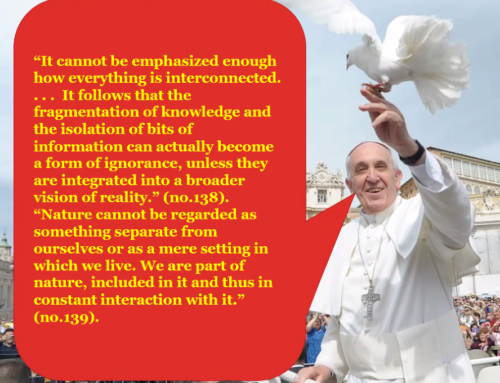In his new magnus opus, Conscious Mind, Resonant Brain: How Each Brain Makes a Mind, Stephen Grossberg answers some of the biggest queries in the field, such as: How does your mind work? How does your brain give rise to your mind? These are questions that all of us have wondered about at some point in our lives, if only because everything that we know is experienced in our minds. They are also very hard questions to answer. After all, how can a mind understand itself? How can you understand something as complex as the tool that is being used to understand it?
Even knowing how to begin this quest is difficult, because our brains look so different from the mental phenomena that they support. How does one make the link between the small lump of meat that we call a brain and the world of vivid percepts, thoughts, feelings, hopes, plans, and actions that we consciously experience every day? How can a visual percept like a brilliantly colored autumn scene seem so different from the sound of beautiful music, or from an intense experience of pleasure or pain? How do such diverse experiences get combined into unified moments of conscious awareness that all seem to belong to an integrated sense of self? What, after all, is consciousness and how does it work in each brain? What happens in each of our brains when we consciously see, hear, feel, or know something? And why, from a deep theoretical perspective, was evolution driven to discover consciousness in the first place?
You might immediately wonder: If these discoveries are so simple that they can be turned into stories, then why has it taken so long for them to be made? After all, in one sense, the answer that we are seeking is simple: Our minds emerge from the operations of our brains. Such an answer is, however, profoundly unsatisfying, because our conscious awareness seems so different from the brain’s anatomy, physiology, and biochemistry. In particular, the brain contains a very large number of cells, called neurons, that interact with one another in complex circuits. That is why many people in Artificial Intelligence, or AI, thought for a while that the brain is designed like a digital computer. Some of the greatest pioneers of digital computer design, such as John von Neumann, drew inspiration from what people knew about the brain in the 1940s. Very few people today, however, believe that the brain operates like a digital computer. It is quite a different type of system.
Knowing that your brain is not like the computer on your desk, or more recently in your hand, is a comfort. There seems to be more to our mental lives, after all, than just a morass of operating systems and programs. But what we are not does not teach us what we are. It does not, in particular, help us at all to understand how the brain’s networks of neurons give rise to learned behaviors and introspective experience as we know it. How can such different levels of description ever be linked?

